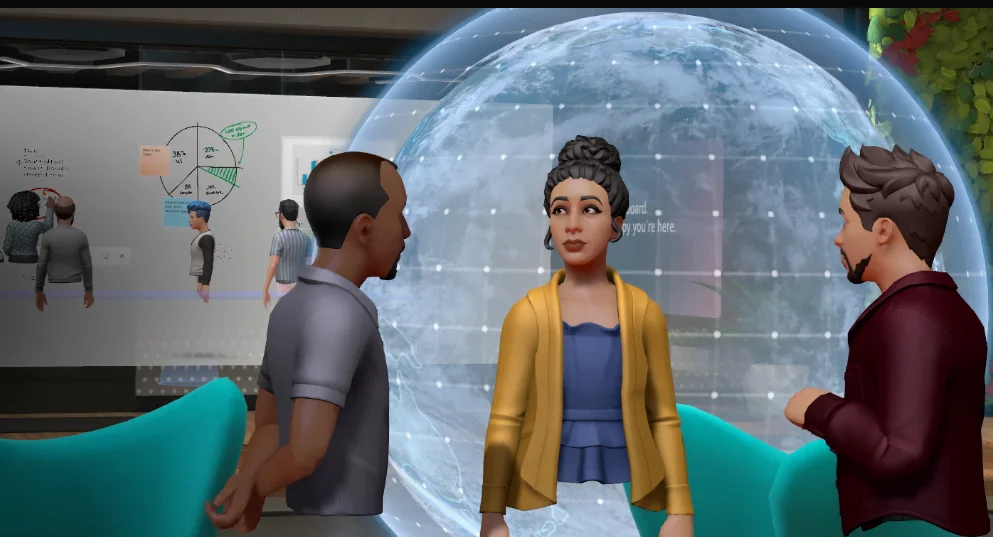Microsoft has developed a diffusion model that can construct a three-dimensional (3D) avatar from a single, two-dimensional (2D) picture of a human face. The 3D Avatar may be used to provide VR or AR gaming experience.

The diffusion model was developed by a group of researchers at Microsoft Research and was presented in an article that appeared in the journal arXiv.
The 3D avatar may then be used to provide a virtual reality (VR) or augmented reality (AR) experience or to just present a lifelike 3D representation of the person for gaming or other uses.
3D Avatar Diffusion
The 3D Avatar Diffusion is based on the diffusion model, a machine-learning method. Diffusion models are generative models, which means they may generate new data that is comparable to the training data.
Although diffusion models have previously been used to produce 3D pictures from 2D photographs, the ADM is the first diffusion model to be capable of producing a realistic 3D avatar from a single 2D image.
To train the algorithm, the researchers employed a dataset of more than 200,000 3D face models. There was a vast variety of skin tones, hairstyles, and facial features among the faces in the sample. Then, with only a single 2D picture, the ADM was able to construct a convincing metaverse. However, once you understand how the 2D picture and 3D face model are related.
For the automated development of 3D digital avatars, this research recommends a 3D generative model. However, they are shown as diffusion models and neuronal radiance fields.
The prohibitive memory and processing needs associated with 3D makes it challenging to generate the complex features required for high-quality avatars. Developers advise using the roll-out dispersion network (Rodin) to address this issue.
Bill Gates previously said that his old business was creating Teams office software with 3D avatars and other capabilities that were compatible with the metaverse.
Now that Microsoft is collaborating with Meta and Mark Zuckerberg. To make Teams compatible with the latter’s Workplace social network for enterprises. Teams could even have a direct entrance into the metaverse.
